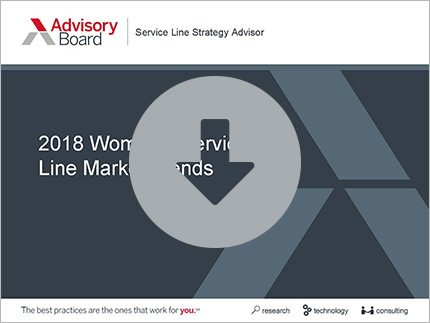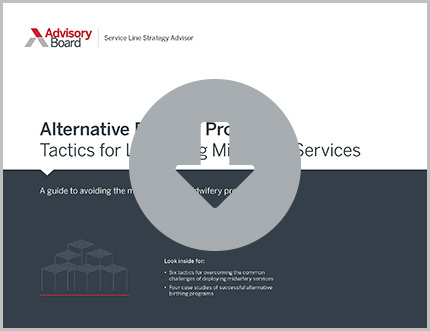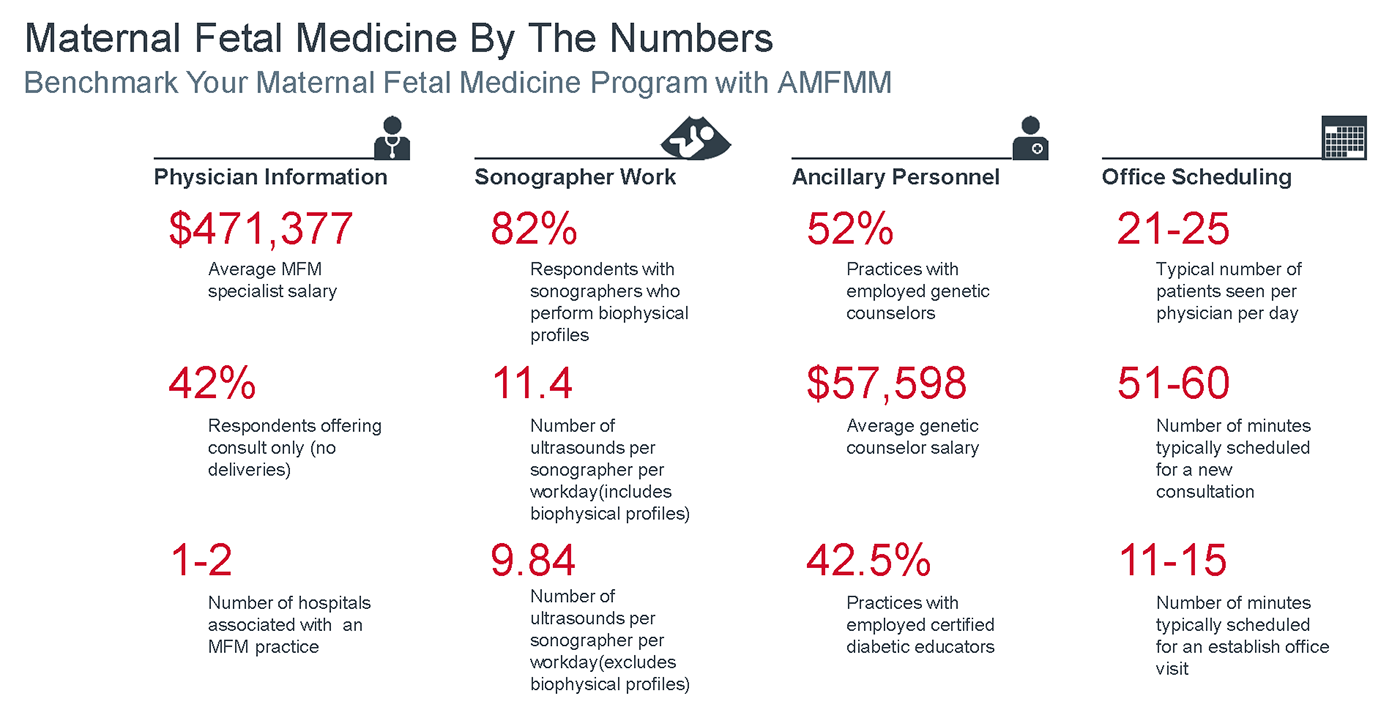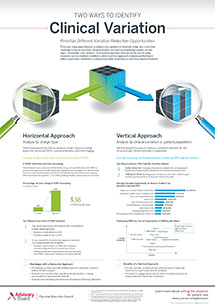Hundreds of U.S. women die and tens of thousands experience life-threatening injuries during childbirth each year—and half of those deaths might be averted and half of the injuries might be averted or mitigated if health care providers followed recommended practices, according to a USA Today investigation.
An analysis of the Global Burden of Disease 2015 Mortality study published in The Lancet showed from 1990 to 2015, the U.S. maternal mortality rate rose to 26.4 per 100,000 births while rates in other developed countries—including England, France, and Japan—fell or remained mostly flat. "Today, [the United States] is the most dangerous place in the developed world to give birth," USA Today reports.
While most deliveries in the United States happen without incident, USA Today reports more than 50,000 U.S. women are severely injured and about 700 U.S. women die during childbirth annually. According to USA Today, "The best estimates" suggest half of such severe injuries could be mitigated or eliminated and half of such deaths could be prevented "with better care."
However, it is nearly "impossible" to identify every hospital that may be underperforming on maternal care, USA Today reports. The Joint Commission, which sets safety standards for hospitals, does not require maternity hospitals report how often providers fail to follow recommended care practices, and a national tracking system for childbirth complications does not exist in the United States. Hospitals normally keep internal numbers on childbirth complications out of the public's eye, according to USA Today.
Investigation details
But USA Today launched an investigation to shed light on hospitals' maternal practices and sought to determine whether U.S. hospitals followed recommended safety procedures for childbirth. USA Today obtained more than 500,000 pages of internal hospital quality records through federally funded quality programs from dozens of hospitals in 2015 and 2016.
USA Today contacted 75 birthing hospitals in 13 states to ask several questions, including whether the hospitals followed the AIM Program's recommendations for treating hemorrhage and hypertension in pregnant women. The AIM program was developed by the American College of Obstetricians and Gynecologists, the American College of Nurse-Midwives, and the American Academy of Family Physicians to formalize safety practices demonstrated to decrease maternal injuries.
Of the hospitals USA Today contacted, only 37 agreed to comment. USA Today also examined more than 150 cases of women who suffered from complications during their deliveries.
Findings
Overall, USA Today found the "documents and interviews reveal[ed] a stunning lack of attention to safety recommendations and widespread failure to protect new mothers." The investigation revealed doctors and nurses at some hospitals were not completing "basic tasks," such as tracking blood loss by weighing bloody pads or giving women blood pressure medications within an hour of detecting high blood pressure levels to prevent strokes, which experts recommend to keep women safe during childbirth.
USA Today found this "lack of attention" occurred across hospital demographics: inside doctors' offices, at small community hospitals, and large hospitals with the latest technology and training.
For instance, the AIM program recommends time deadlines for checking a pregnant woman's blood pressure and administering treatments for pregnant women and women who recently gave birth with high blood pressure. But USA Today found fewer than half of women who delivered infants at dozens of hospitals in New York, North Carolina, Pennsylvania, and South Carolina—where USA Today obtained internal records—had their high blood pressure quickly treated to avoid strokes. Records obtained by USA Today show fewer than 15% of women at risk of a stroke because of high blood pressure received recommended treatments at those hospitals.
In addition, USA Today's interviews revealed 37 maternity hospitals claimed to follow many of the AIM Program's recommendations to prevent pregnant women from dying due to bleeding, but more than 40% of the hospitals said they did not quantify blood loss after every birth, even though that is a key safety practice. The investigation also showed 31 hospitals said they followed the AIM Program's recommendations for treating hypertension, but only nine of the hospitals tracked how often nurses and doctors provided timely treatment.
However, officials in some cases provided justifications. One health system said it reported poor performance in 2015-2016, because it had recently started training its employees on how to promptly treat pregnant women with high blood pressure.
The health system said it did not immediately train its staff on how to treat such patients after ACOG released guidelines, because its doctors and hospitals needed to evaluate the guidelines and determine whether they were appropriate.
Why are hospitals not adopting safe practices?
Experts have noted that there's no mandate for hospitals to follow such guidelines, which could slow their adoption.
James Martin Jr., director of maternal-fetal medicine at the University of Mississippi Medical Center and a past president of ACOG, said it is easier to require that physicians and nurses follow safety practices in countries with publicly funded national health care systems, because there is a centralized system for reform. Without a centralized system, the United States, he explained, will need multiple institutions to call for the adoption of safety standards.
Martin said insurers, hospital administrators, and others involved in paying for childbirth and defending practitioners would have to call for reform. Martin said, "If they say, 'We expect you to do it this way,' that you've got to get on and use this safety bundle … it can be driven from that point of view."
Steven Clark, a professor at Baylor College of Medicine, said, "Our medicine is run by cowboys today, where everyone is riding the range doing whatever they're wanting to do." While some hospitals are following safety protocols, Clark said adoption of such practices is occurring at a slow pace. He said, "It's a failure at all levels, at national organization levels and at the local hospital leadership levels as well."
How some hospitals are making progress
A growing number of hospitals are acknowledging the need to standardize care practices to prevent maternal deaths.
Nationwide, according to USA Today, there are 985 hospitals—which represent about 40% of U.S. birthing hospitals—participating in the AIM program to reduce maternal deaths and injuries.
Further, while most of the country has seen maternal deaths increase over the last 25 years, California has seen them fall, in part due to a conscientious effort by safety experts and hospitals to tackle the problem. Around 2010, or perhaps earlier, researchers in the state started promoting "tool kits" for childbirth safety practices to curb deaths and injury.
These practices—from AIM and California—are helping hospitals and health systems improve care, USA Today reports. For instance, officials at University of Utah Hospital in Salt Lake City adopted best practices from both the AIM Program and California experts after data revealed 12% of its patients who were pregnant suffered hemorrhages in 2013—a figure triple the national rate.
Erin Clark, the hospital's director for maternal-fetal medicine, during a 2015 training session, said, "We initially rationalized this," but the hospital then reviewed data from peer institutions treating high-risk pregnant women and found patients at those other institutions were not hemorrhaging as often. Clark said after examining patient records, the hospital found it had been diagnosing "hemorrhages too late" and it "didn't treat them fast enough or aggressively enough."
But after adopting the recommendations from the AIM program and California experts, the hospital said its hemorrhaging rate fell by one-third (Young, USA Today, 7/26).
Advisory Board's take
 Amanda Berra, Senior Research Partner
Amanda Berra, Senior Research Partner
The investigation by USA Today illuminates maternal safety shortfalls in a way that will prompt many hospital executives and board members to pick up the phone and start asking questions about the state of quality and safety at their organizations.
They will likely ask: "How could a blind spot like this happen?"; "What have we been paying attention to, if not this?"; and "As an executive or board member, what questions should I be asking?" For answers to these questions, and more, read my response to this expose and learn how your hospital can improve maternal safety.
Then, I suggest you download our perinatal safety toolkit, which we've opened to all members in response to this story. In it, you can learn 5 strategies for identifying perinatal patient safety problems, download a ready-to-use presentation for making the case for investing in perinatal patient safety, learn how to create a perinatal safety committee and discover how other organizations have built a process for standardizing care protocols.
To help hospitals improve maternal safety, we've opened our perinatal safety toolkit to all members. Download now to learn the 9 critical elements of a successful perinatal safety program
Learn the best practices and see the resources collected from organizations that have successfully improved labor and delivery care by reducing clinical variability.
Download the toolkit to get our resources on how to assess potential safety problems, learn the process for standardizing care protocols and find out how build your team's labor & delivery communication framework.
Don't miss out on the latest Advisory Board insights
Create your free account to access 2 resources each month, including the latest research and webinars.
Want access without creating an account?
You have 2 free members-only resources remaining this month remaining this month.
1 free members-only resources remaining this month
1 free members-only resources remaining this month
You've reached your limit of free monthly insights
Become a member to access all of Advisory Board's resources, events, and experts
Never miss out on the latest innovative health care content tailored to you.
Benefits include:
You've reached your limit of free monthly insights





